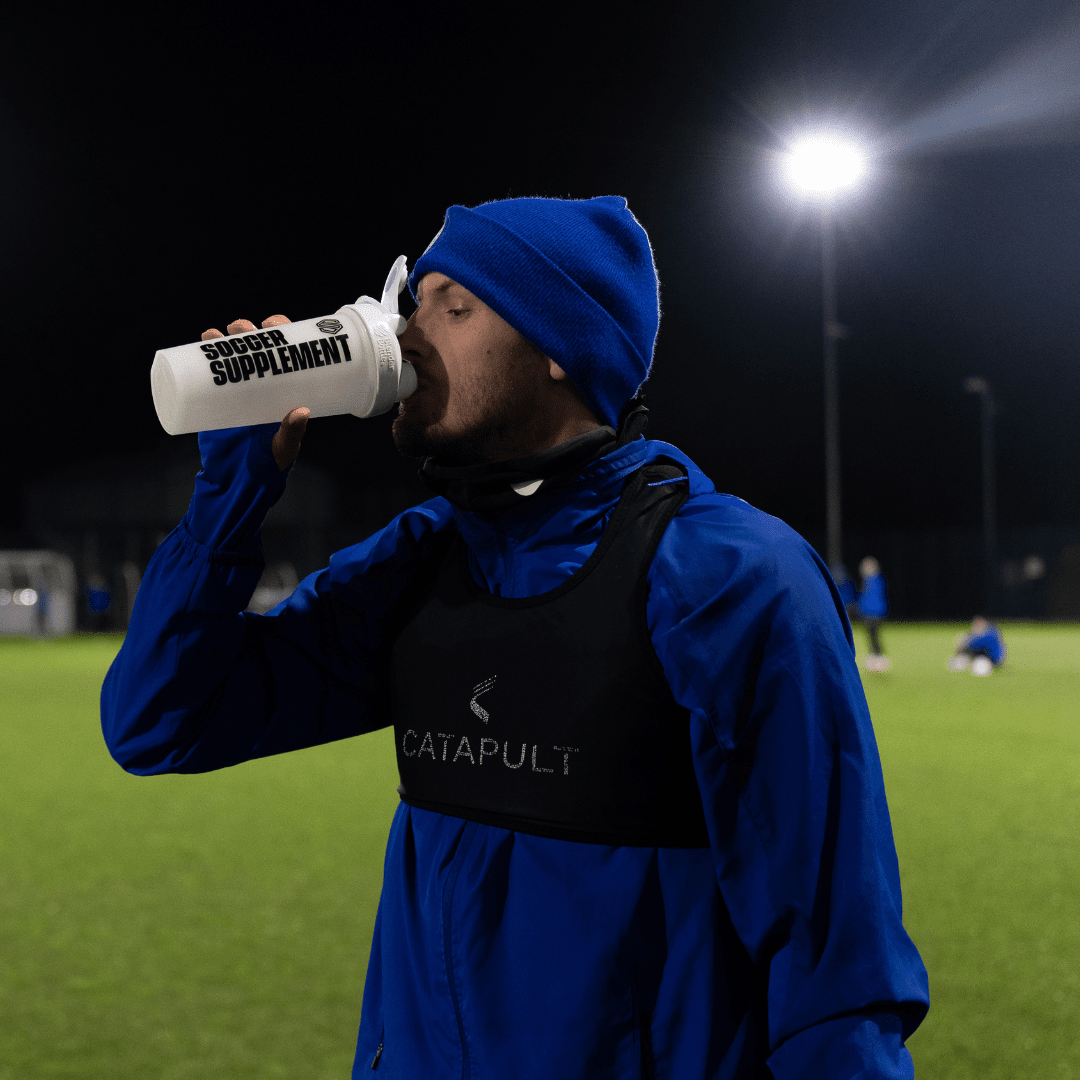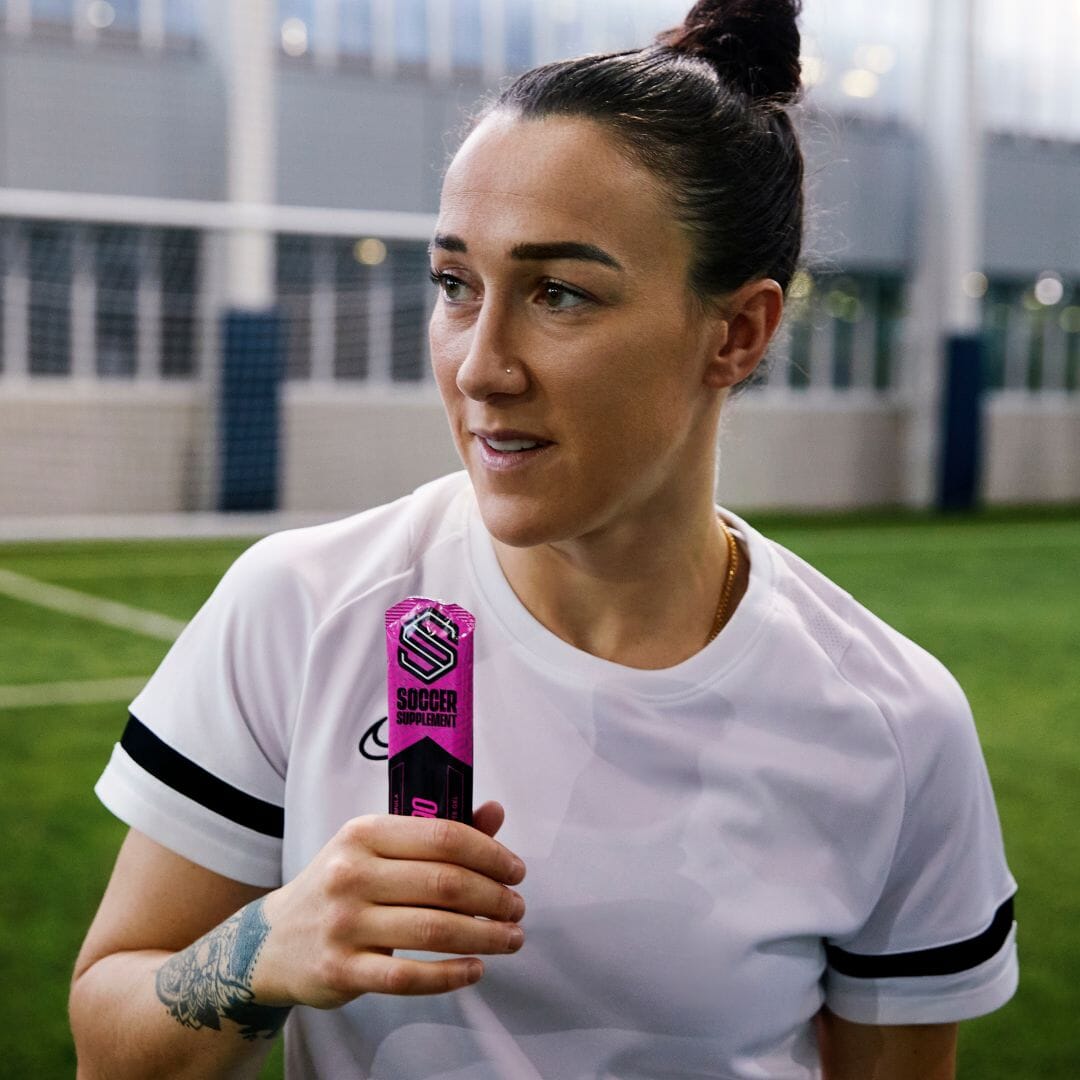
Twitter: @amockf1
Before we get into some brief nutritional considerations for female players, I first must set a context as to why we need to differentiate between female players and their male counterparts.
The wider issue of gender equality in our game starts with us as coaches and has to be woven into the fabric of everything we do. It's unacceptable that female players have interventions and strategies that are designed for male players superimposed on to them given the accepted physiological differences and potential performance limiting effects of using such practices (1).
We set the tone with what we do in every session; if we demand that the very basic information we share, or the training we deliver has been grounded in methodology specific to the population we are working with, then we are setting standards that are equal across the spectrum of football. This respect and effort we show at the fundamental level speaks volumes for others, and sends a strong message that there are no inequities here. All football players deserve the best we can give them, regardless of gender.

Consideration 1: Meeting the energy demands of the 'women's' game
Firstly, we need to look at the work profiles and the demands of the women's game, then link this to the total amounts of energy expenditure to calculate required energy intake specifically for females. The women's game at the elite level is highly demanding, but it does differentiate from the men's game. Research into female energy expenditure during match play is conflicting but has been reported as high as 2218 Kcal (2). With improvements in coaching, facilities and training it's reasonable to suggest that the rising standards of the female game will result in energy expenditure reaching those higher levels implied by these studies. Recent research has suggested that 'considerable number' of young 'elite' female players failed to meet their daily energy balance, falling short of required energy consumption by an average of 141 Kcal per day (3). It's therefore vital that we ensure female players are meeting the required energy intake to match their training and game demands (energy intake for national level female football players is advocated at 47-60 Kcal per kilo of body mass per day (4)).
Consideration 2: Iron and Iron supplementation
Females failing to reach required energy intake may be a result of potential undereating. There is evidence to support the suggestion that female athletes tend to eat less than their daily requirements when training and competing (5). This nutritional shortfall could then lead to an inadequate supply of critical micronutrients, including iron. We can categorise iron intake in females as a priority given its effects on physical performance and losses that occur during both the menstrual cycle and metabolic responses to training/matches (sweating for example). With the study mentioned above on young 'elite' female players (3) reporting that 59% of their participants were classed as 'iron depleted', we must strongly consider this micronutrient when prescribing a nutritional intervention with this population. Iron supplementation has been found to increase body iron stores in elite female players and prevent the decreased haemoglobin levels induced as a result of training or matches (6). Short of recommending a blanket supplementation of iron for all females, it's pertinent to suggest that we at least promote a diet that is rich in iron and subsequently monitor the levels our players are taking in.
Consideration 3: Hydration
The importance of adequate hydration status and its effect on physical performance has been widely stated. What we must consider, however, is the reported findings that female players’ fluid intake and hydration levels before, during and after competition has been described by a recent study as 'sub-optimal' (7). We as coaches need to be educating female players on how and why adequate hydration plays a crucial role in their football performance. This proactive approach has been shown to have a positive impact on the fluid intake of female players. In addition to this, the increased provision of drinking possibilities and fluid availability at both training and matches will go some way into improving the hydration status of our players. The consistent monitoring of hydration status and subsequent rehydration (post-match) is also recommended (7).
With over 30 million women playing the game worldwide, and with that number continuing to grow, a greater knowledge of the unique gender-specific requirements is not only critical to support their development; it's the very least they deserve.

1. ‘Nutrition and football, Special populations: The female player and the youth player' Rosenbloom, C., Loucks, A. and Ekblom, B, 2006
2. ‘Resting metabolic rate and energy intake in female gymnasts, figure skaters, and soccer players’, Fogelholm, M., Kukkonen, T., Taipale, S., Sievanen, H., Oja, P. and Vuori, I, 1995
3. Nutrition Status of Young Elite Female German Football Players”, Braun H, von Andrian-Werburg J, Schänzer W, Thevis M, 2017
4. ‘Nutritional practices of national female soccer players: Analysis and recommendations', Martin, L., Lambeth, A. and Scott, D, 2006
5. 'Low Energy Availability in Exercising Women: Historical Perspectives and Future Directions', Slater J, Brown R, McLay-Cooke R, Black K, 2016
6. 'Effects of 4 weeks iron supplementation on haematological and immunological status in elite female football players', Kang HS, and Matsuo T, 2004
7. 'The hydration status of young female elite soccer players during an official tournament', Chapelle, L., Tassignon, B., Aerenhou, D., Mullie, P. and Clarys, P., 2016






